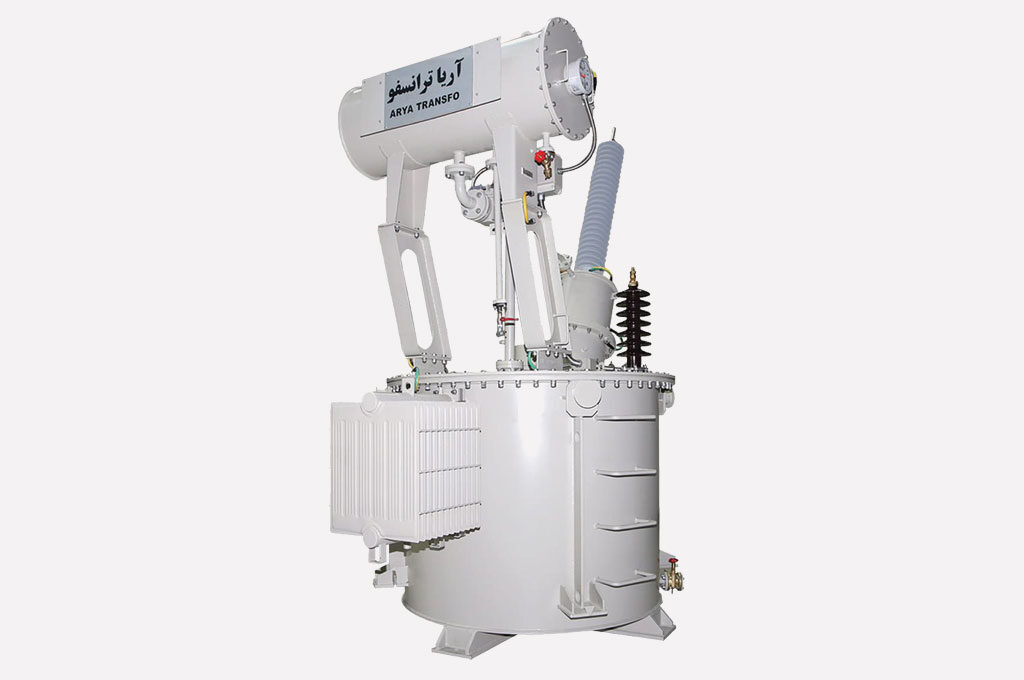Reactor
Reactors employed in power and industrial networks typically fall into two categories: shunt reactors and series reactors. Arya Transfo Industrial Group possesses the capability to design and manufacture both types of reactors in compliance with the latest international standards and tailored to meet specific customer requirements.
Shunt Reactors
Shunt reactors play a vital role in ensuring the efficient operation of long high-voltage transmission lines. These components are essential for mitigating the risk of over voltages, particularly in low-load lines, by compensating for the capacitance inherent in power lines. Their straightforward design and sturdy mechanical structure render shunt reactors among the most cost-effective solutions for capacitance compensation in high-pressure lines.
Reactors can be manufactured in two magnetic core designs: with air gaps or as air core reactors. Larger reactors featuring air-gapped cores are typically constructed with five columns, whereas smaller reactors usually consist of five columns as well.
In certain scenarios where a system demands more flexible reactive power control, a controllable shunt reactor equipped with a tap changer under load offers an optimal solution. The maximum adjustment range primarily depends on the breaking power of tap changer contacts and the maximum allowable transient voltage along the voltage adjustment coil and tap changer contacts.
Shunt reactors empower network operators with greater flexibility to regulate load distribution and voltage profiles. Accordingly, shunt reactors with on-load tap changers or without tap changers can be designed and manufactured to meet the specific requirements of customers.
Neutral Grounding Reactors
These reactors serve the crucial function of regulating short-circuit impedance within power systems. Our range includes various series reactors designed to accommodate different operational requirements. Today, it’s increasingly common to deploy this equipment to restrict short-circuit currents within power networks.


